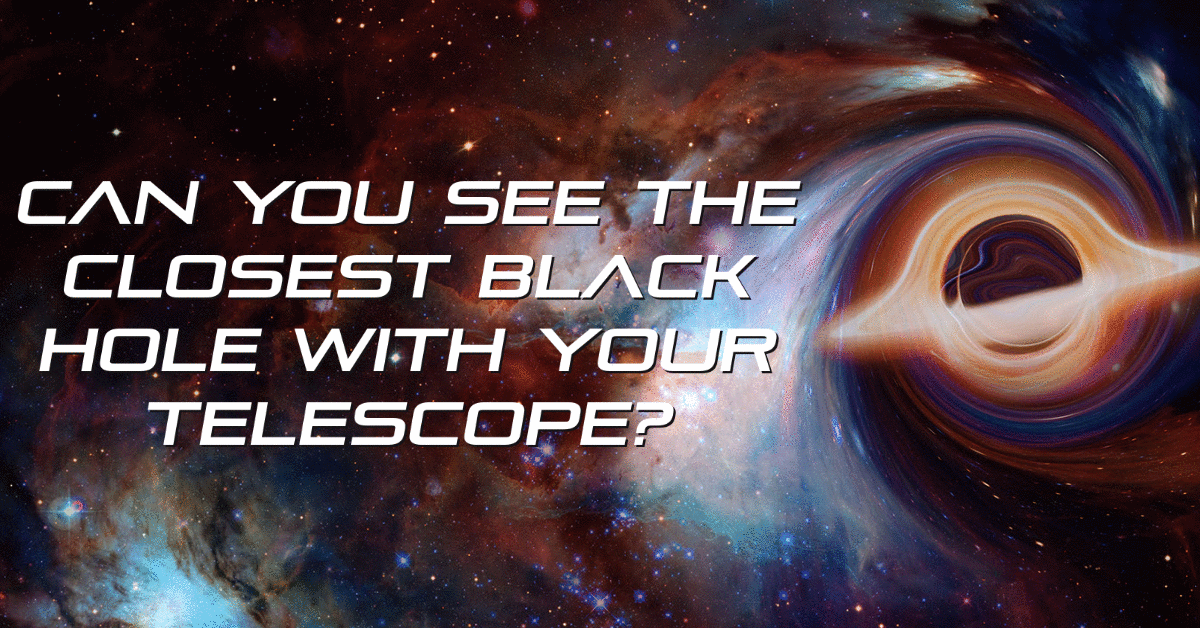What’s in the sky? Astronomy Events of January 2022
Starting the year off strong, January has a number of fun astronomy events to look out for! January 2022 has several planetary and lunar conjunctions to mark down on your calendar.
Many of these events can be viewed by the naked eye. Click here to learn more about stargazing without a telescope!
Moon Phases and Planets for January 2022

January 1st – The Moon at perigee
Already off to a great start, on the first night of the new year, January 1st, the Moon will reach its closest point to Earth in its orbit.
On this night, the Moon should appear slightly larger than average. However, the Moon will be in the late stages of its moon phase, with the New Moon occurring on the very next day, making it hardly visible.
Moon phase: Waning Crescent. 28 days old.
January 2nd – M41 and the New Moon
On the night of the 2nd, the open star cluster M41 (located in constellation Canis Major) will be in prime position in the sky for viewing. At a declination of 20°45'S, it will be easiest to see from the southern hemisphere.
This falls on the night of a New Moon, so there will be minimal lunar interference, making it an optimal night for viewing this star cluster.
It will not be clearly visible to view with the naked eye, but for those in the Southern Hemisphere, you can view this event with a pair binoculars or any sized telescope.
January 3rd – Conjunction, Quadrantid, and Earth at perihelion
The 3rd night of the year has a few events happening in the sky.
The Moon and Mercury will share the same right ascension. The moon will only be a day into its phase on this night, but the Waxing Crescent and the planet Mercury will be in conjunction.
The Earth will also be at perihelion. By definition, perihelion is when a comet or planet (Earth, in this case) is at its nearest point to the Sun in its orbit. On this day, the Sun will appear at its largest than any other time of the year.
The Quadrantid meteor shower (which starts on 12/12/21 and ends on 1/12/22) will peak on this night. There will be an average of 40 meteors per hour on this night! Find a dark location after midnight for the best viewing of this shower.
All the above mentioned events for this night will be visible to the naked eye!
January 4th – Conjunction
The Moon and Saturn will share the same right ascension. The moon will be at 8% of its lunar phase, at 2 days old. The Waxing Crescent will in conjunction with Saturn.
The pair will be too widely separated to fit within the view of a telescope, but they can be viewed with the naked eye, or enhanced with a pair of binoculars.
January 5th – Conjunction
The Moon and Jupiter will share the same right ascension. Simultaneously, the two will share a close approach, also known as an appulse.
By definition, an appulse is the least apparent distance between two or more celestial objects. This occurs when the separation between two bodies is at its minimum, whereas a conjunction occurs at the instant the two celestial bodies have the same right ascension and ecliptic longitude.
January 7th – 10th – Mercury
On the 7th, Mercury will reach its greatest eastern elongation from the Sun. This will be the best time to view Mercury since it will be at its highest point above the horizon in the evening sky. Look for the planet low in the western sky just after sunset.
On January 9th Mercury will be at dichotomy. It will reach half phase in its evening apparition.
On the 10th, Mercury will reach its highest altitude in the evening sky.
Mercury’s orbit is the closest to the Sun, which results in the planet being lost in the Sun’s glare a majority of the time. It is only observable for a few weeks when the planet is furthest from the Sun (this moment is referred to as its greatest elongation.) These apparitions repeat roughly every 3-4 months.
January 8th – Venus
On this date, the orbit of planet Venus will closely pass the Sun as it travels between the Sun and Earth.
This event only occurs once per the planet’s synodic cycle which, in this case, is once every 584 days.
This event will mark the end of the end of apparition for Venus as the planet begins to transition into a morning viewing object.
January 15th – M47
On the 15th, the open star cluster M47 will be will placed and will reach its highest point of the sky. This event will be easily viewable through standard binoculars.
Top dates to watch out for January 2022

January 17th – Full Moon and NGC 2451
On this night, the star cluster NGC 2451 will reach its highest point in the sky. This open star cluster is located in constellation Puppis and is usually visible to the naked eye however, this event occurs on the night of a full moon so lunar interference may occur.
According to the months and seasons that these full moons all on, there is a sequence of full moons throughout the year that are assigned names such as this one. These names are stem from the Farmers' Almanac, which has become popularized and widely quoted in recent decades. According to the almanac, the full moon in the month of January can be referred to as the "Wolf Moon".
For optimal viewing of these events, we recommend using a pair of binoculars.
January 19th – y-Ursae Minorid Meteor Shower
y-Ursae Minorid is a meteor shower is active from January 15th to the 25th, with the peak landing on the 19th. Located in the constellation Ursa Minor.
This event can be viewed by the naked eye.
January 29th – Conjunction
On the 29th, the Moon and Mars will make a close approach and will share the same right ascension. On this date, the moon will be nearing the end of its cycle, meaning lunar interference will be at a minimum as the Moon will be at 6% (waning crescent).
This event can be viewed by the naked eye, or with any level telescope or binoculars to enhance the details on both subjects.
This event will be visible for those residing in the Southern Hemisphere as well however, in this case, it will occur on January 30th.
January 31st –M44, IC2391, and New Moon
On the last day of this month, the Beehive open star cluster M44 (also known as NGC 2632) will be well placed. It will reach its highest point in the sky around midnight.
This even occurs on the night of a new moon, so there will be minimal lunar interference. This event can be viewed with the naked eye if you are viewing from a dark location. For optimal viewing, we recommend using a pair of binoculars or any sized telescope.
For those who reside in the Southern Hemisphere, the omicron Velorum open star cluster (IC2391) will be well placed and will reach its highest point in the sky around midnight local time. This open cluster will be visible to the naked eye as well.

Which events are you looking forward to next? Did we miss anything, or is there more that you would like to learn about? Leave a comment below!
Be sure to follow us on social media as well.











